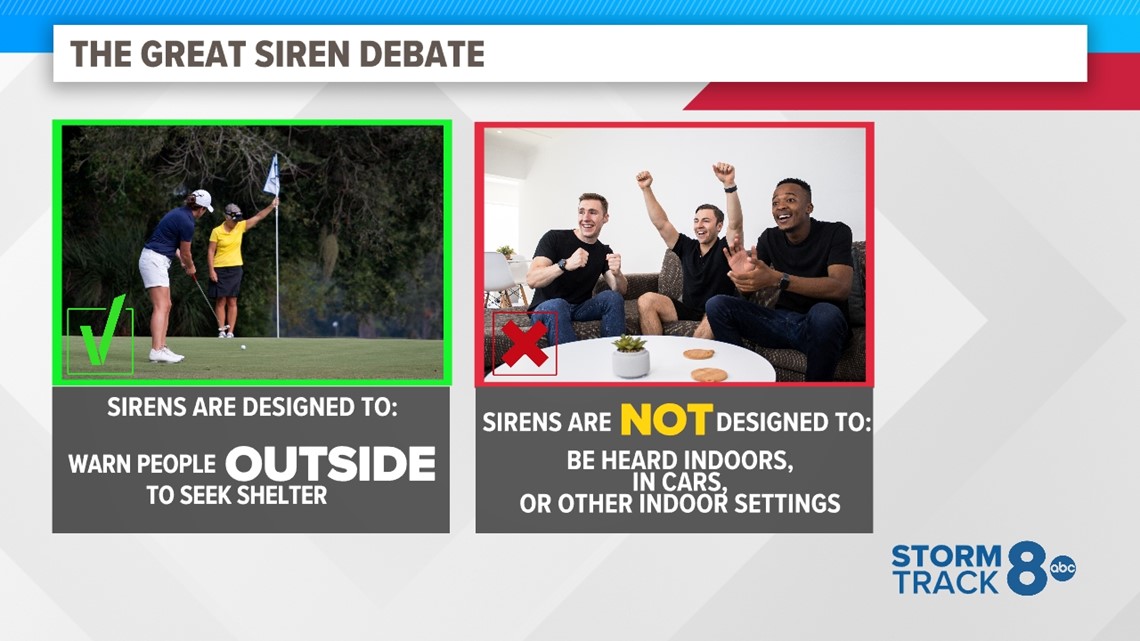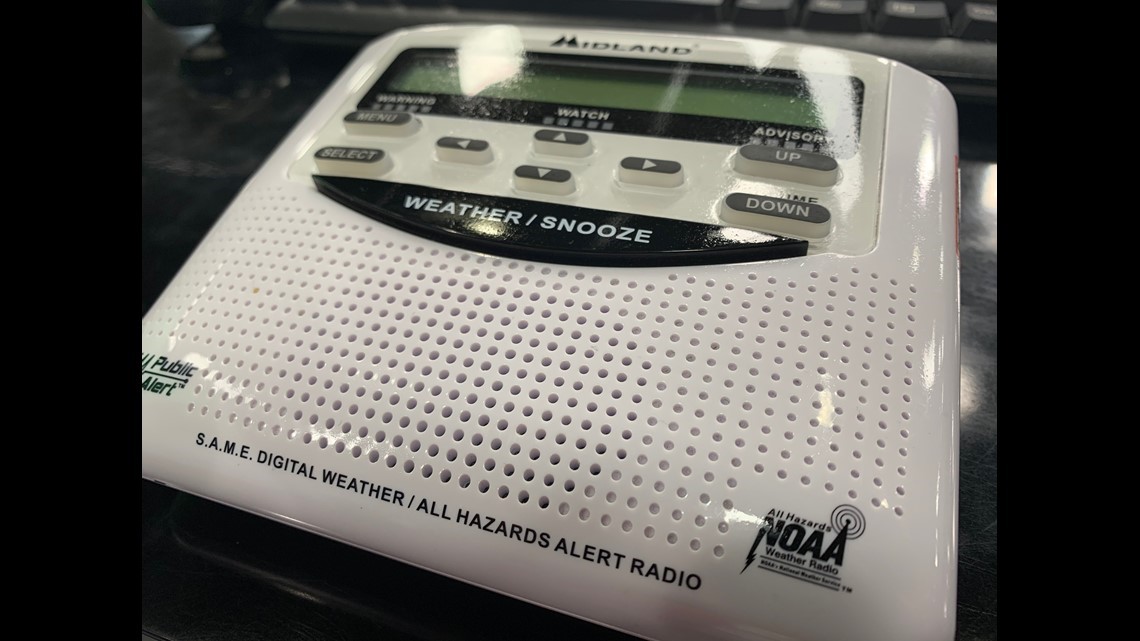MOLINE, Ill. — We’re all used to hearing the roar of an outdoor warning siren during the warm seasons, but do we fully understand the meaning behind the message it is trying to convey? Check out this question from Ed in Moline.
Are there different tones on the outside warning systems (i.e. different sirens for thunderstorms, tornadoes?
Outdoor warning sirens have been a blessing in many small-town communities, especially those where cell phone reception is poor and the population is more mature. The siren serves as the first line of defense, letting the population know something dangerous is imminent.
The sirens do a fantastic job of getting our attention with their loud, blaring noise, telling us a threat exists. What exactly is that threat though? If you were to survey the population, the majority of the answers to that question would point to an ongoing tornado that is ready to strike. Still, there remains a considerable number of questions, including the type of threat and when the situation is “all clear”.


In the last several years, a trend has been changing the way these outdoor warning sirens have been used. Communities are now adding severe thunderstorm criteria as a valid reason for activating the community siren system. Many have established their own guidelines that can and do oftentimes differ from neighboring communities.
For example, Town A activates its sirens for tornadoes, damaging winds in excess of 70 MPH, and all storms in general. Meanwhile, Town B only activates its sirens for tornadoes. Why? The tornado and damaging wind part is self-explanatory, both of those elements are considered life-threatening, but all storms? Really? Yes! It’s all in the name “Outdoor Warning Siren“. Notice nothing is mentioned about them being used indoors? There’s a reason for that.
It isn't necessarily a bad idea to consider adding a different tone to communicate different threats. The problem? It comes down to messaging and education.


Manufacturers of outdoor sirens design them for one purpose, to be heard effectively outdoors in a number of different directions. They are meant to alert individuals who may be outside that threatening weather is approaching, directing them to move inside and seek shelter. They were never designed to be heard inside our homes. Those communities that have a policy of sounding their outdoor sirens for all storms have a valid reason to do so, as they are alerting individuals who are outdoors, perhaps attending a large event, that danger is imminent.
The National Weather Service in the Quad Cities has done a fantastic job of working together with local city leaders to make sure that the metro and surrounding communities are using a unified siren warning system. The complete action plan document can be viewed here.
For the Quad City Metro sirens are sounded for:
- Tornadoes
- Thunderstorms with winds of 70 MPH or greater
- Golf ball-sized hail or larger
Do you know what the siren policy is in your community? Regardless, anytime you hear the outdoor warning sirens sound, that’s when it's time to gather more information on the situation and assess whether or not you need to take action.
Our policy remains the same here at WQAD News 8. When severe weather threatens the area, we’ll be on air with the information you need from the people you trust.
Have a question you would like me to answer for an upcoming Ask Andrew segment? Submit it, here.

